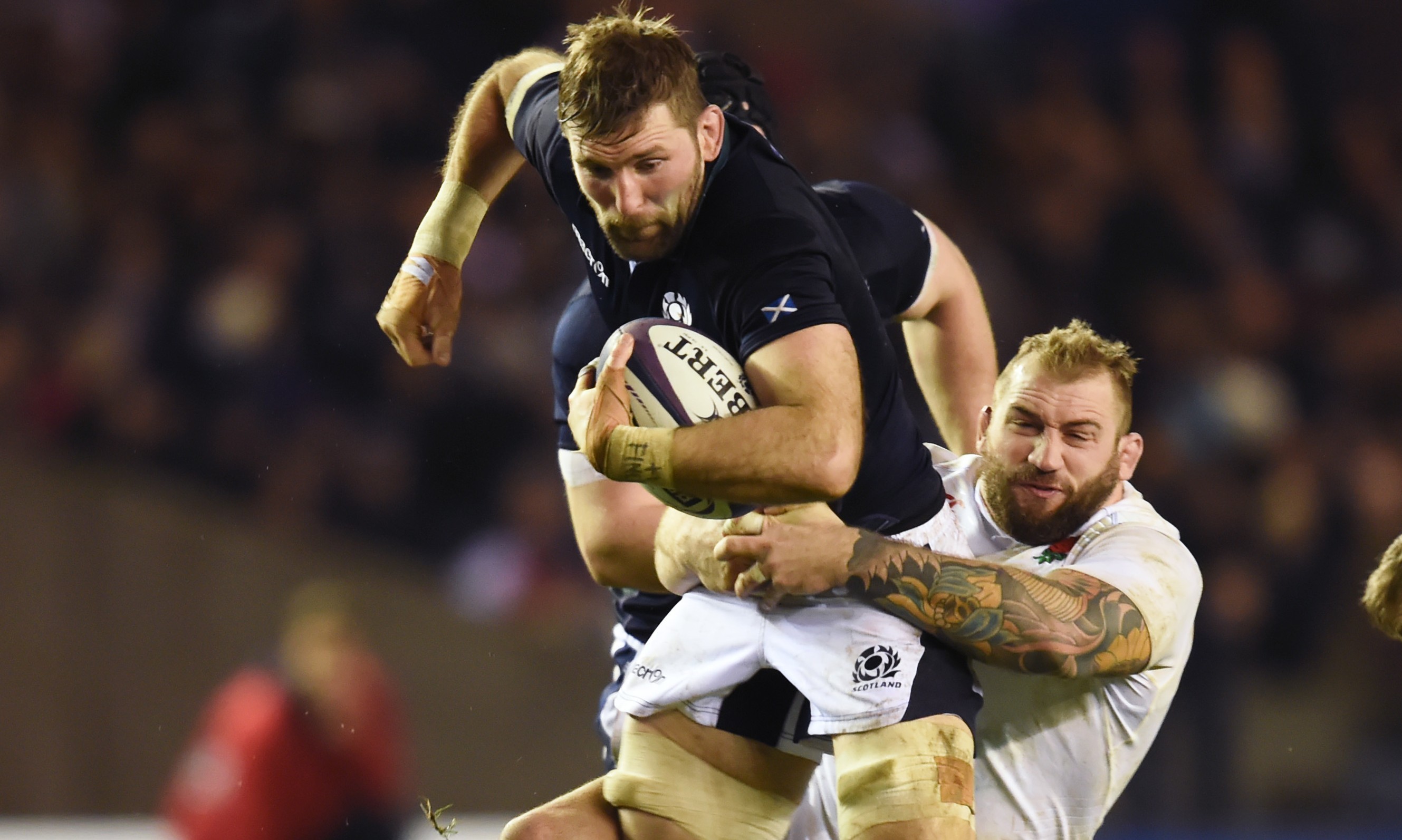
For England, a win would help exorcise the pain of being the first host nation of a Rugby World Cup not to qualify for the knock-out stages of the competition.
For Scotland, it was all about proving that their fabulous performance against Australia in the autumn was not a flash in the pan. It could hardly have been more dramatic even before a ball was kicked.
Yet the drama in the build-up to the game could sadly not be replicated by the game itself. In a turgid, error-strewn match it was the English who prevailed – their two tries making the difference between the teams.
It took the Scots a while to find their way into the match – the first quarter was dominated by the visitors and they were able to turn that pressure into points with a try.
Yet character is something that has not been lacking in this group of Scottish players and they fought their way back into the game. If only the Scots had been able to convert some of the opportunities just before half-time, English confidence may have been replaced by self-doubt.
There was plenty to be pleased about in the Scottish performance.
The defensive effort was massive and the home team dominated the breakdown – perhaps because Vern Cotter had selected two opensides, perhaps due to the influence of coach Richie Gray who had been brought in especially to improve this facet of play.
Yet as has so often been the case, the Scots were unable to convert pressure into points.
The clearing of the ball from the rucks was painfully slow and some of the box kicking simply gave away hard-won possession.
It wasn’t clever rugby, especially as England were past masters at slowing the game down, safe in the knowledge that their defensive line was fast and aggressive.
Scotland had their fair share of possession and territory, yet they simply could not convert that into points – particularly tries.
Laidlaw may be a metronomic kicker, but Scotland needed to be more threatening.
The Scots have good players who cause defences problems. Mark Bennett was hardly in the game at all and Matt Scott did not have a chance to show what he is capable of.
It seems like one step forwards and three steps back.
The Scots have to re-group before a very difficult trip to Cardiff next weekend.
After the performance yesterday, that looks like a very difficult hill for Cotter and his men to climb.
READ MORE
RBS Six Nations: The 6 top players to look out for in this year’s tournament

Enjoy the convenience of having The Sunday Post delivered as a digital ePaper straight to your smartphone, tablet or computer.
Subscribe for only £5.49 a month and enjoy all the benefits of the printed paper as a digital replica.
Subscribe